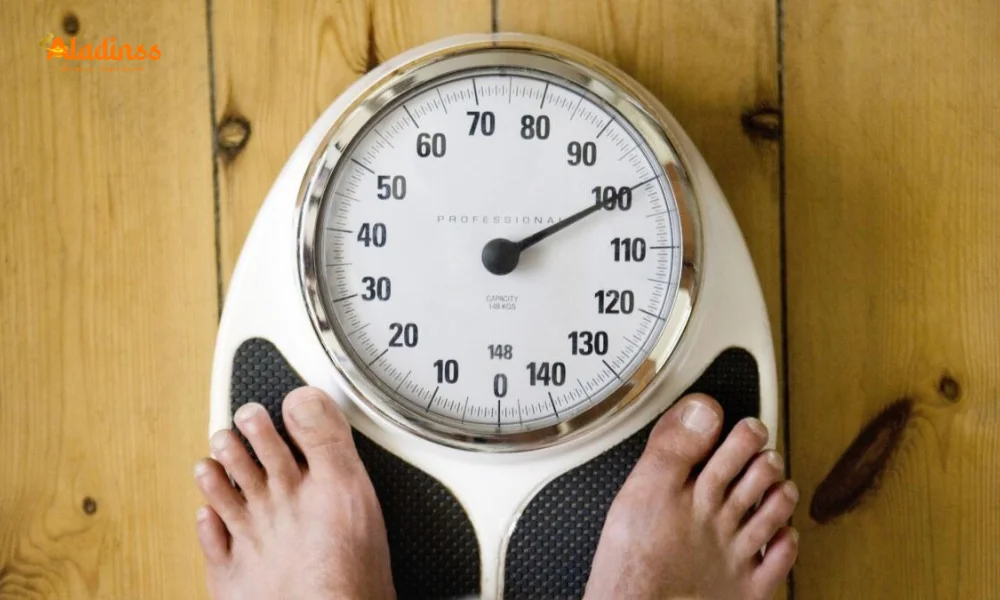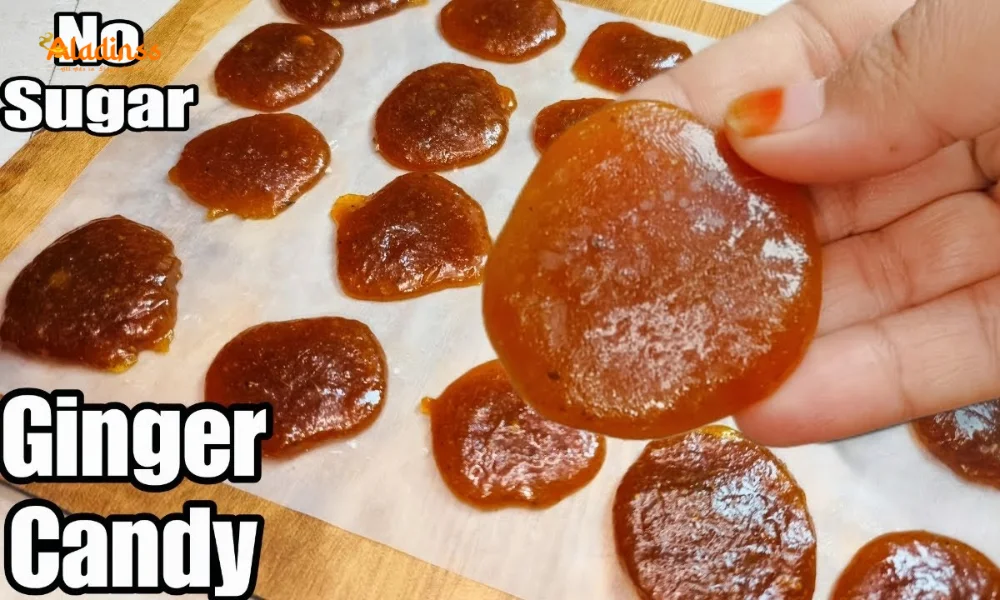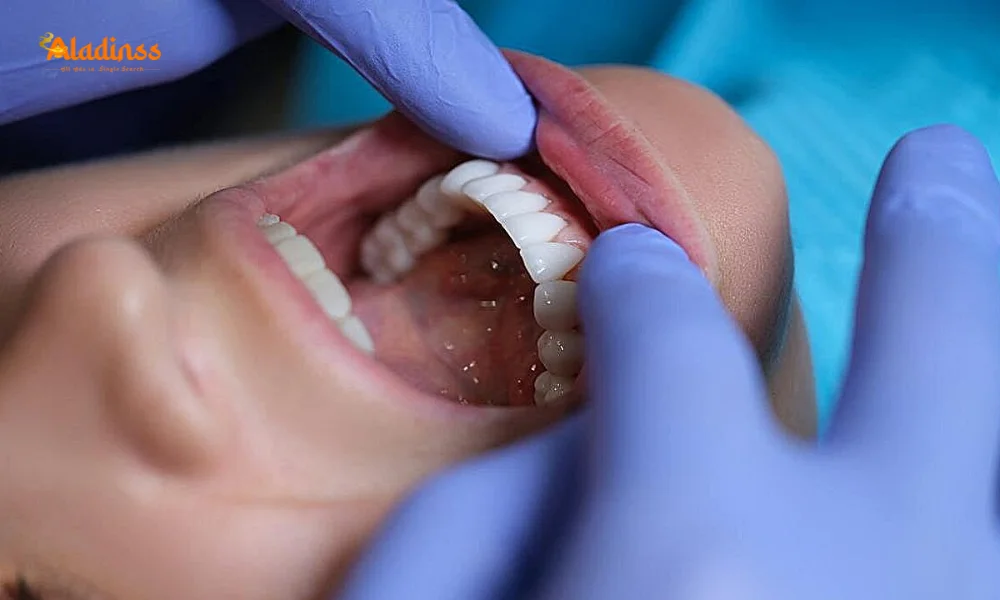Avoid These Unhealthy Snacks After 6 PM: Health Risks

Unhealthy Late-Night Snacks to Avoid After 6 PM: Health Risks Revealed
Late-night snacking is a common habit, especially after 6 PM when hunger pangs and cravings often take over. However, indulging in popular snacks like samosas, jalebis, or potato fries can lead to serious health issues, including weight gain, heart disease, and diabetes. Dr. Paul, an American-based Indian health expert, recently highlighted these risks in a viral Instagram video, referencing a 2014 study from JAMA Internal Medicine. This article explores why certain snacks should be avoided after 6 PM, their impact on your health, and healthier alternatives to satisfy evening cravings while promoting overall well-being.
Health Risks of Late-Night Snacking
Snacking after 6 PM, particularly on high-calorie, sugary, or fried foods, can disrupt the body’s metabolic processes and lead to long-term health consequences. According to a 2022 study published in Cell Metabolism, eating late at night increases hunger, slows calorie burning, and promotes fat storage, contributing to obesity. Dr. Paul warned that popular Indian snacks like samosas, kachori, vada pav, and buttery pav bhaji are packed with oil, refined carbohydrates, and sugars, which spike blood sugar levels and strain the digestive system. Over time, these habits elevate the risk of chronic conditions such as cardiovascular disease, diabetes, and fatty liver disease.
The Cleveland Clinic highlights that fried foods, such as deep-fried momos or potato fries, double calorie density while offering little nutritional value. These foods lose essential nutrients during frying, becoming high-calorie, low-benefit options that contribute to weight gain and elevated cholesterol levels. Late-night eating also disrupts sleep by causing digestive discomfort, acid reflux, or blood sugar fluctuations, further compounding health risks for individuals with sedentary lifestyles or pre-existing conditions.

Scientific Evidence on Sugary and Fried Foods
A 2014 study published in JAMA Internal Medicine, cited by Harvard Health Publishing, found that high sugar intake increases the risk of death from heart disease by up to 38%. Sugary snacks like jalebis and sugary drinks, common late-night choices, overwhelm the liver, leading to fatty liver disease, insulin resistance, and high blood pressure. Unlike solid foods, sugary drinks fail to provide a sense of fullness, increasing the likelihood of overeating. In India, where per capita sugar consumption has risen by 15% over the past decade, these findings underscore a growing public health concern.
Fried foods are equally problematic. A 2021 study from the American Heart Association noted that regular consumption of fried foods increases the risk of heart disease by 28% and stroke by 22%. Snacks like pani puri, namkeen mixes, and burgers, often consumed late at night, are high in trans fats and sodium, which elevate cholesterol levels and blood pressure. The combination of these foods with the body’s reduced metabolic rate in the evening exacerbates their negative effects, making it critical to avoid them after 6 PM.
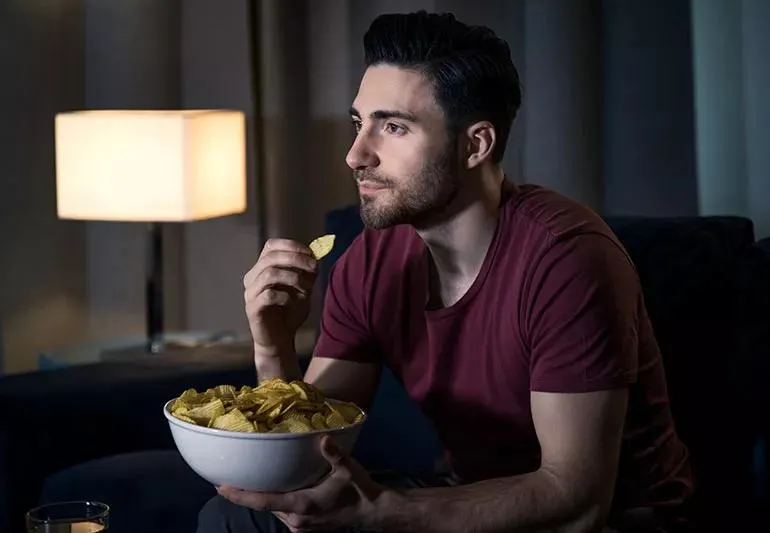
Unhealthy Snacks to Skip After 6 PM
Dr. Paul specifically cautioned against a range of popular Indian snacks that are high in unhealthy fats, sugars, and calories. Samosas, with their deep-fried pastry and oily fillings, are calorie-dense and difficult to digest late at night. Jalebis, soaked in sugar syrup, cause rapid blood sugar spikes, while kachori and vada pav, staples of Indian street food, are loaded with saturated fats. Buttery pav bhaji, a beloved Mumbai dish, is high in unhealthy fats, and potato fries and namkeen mixes contribute excessive sodium, increasing the risk of hypertension.
The timing of consumption amplifies these risks. After 6 PM, the body’s metabolism slows as it prepares for rest, making it less efficient at processing heavy, calorie-rich foods. This can lead to fat storage, digestive discomfort, and poor sleep quality, which disrupt metabolic health. Avoiding these snacks is particularly important for individuals with conditions like diabetes, obesity, or heart disease, as well as those aiming to maintain a healthy lifestyle in 2025.
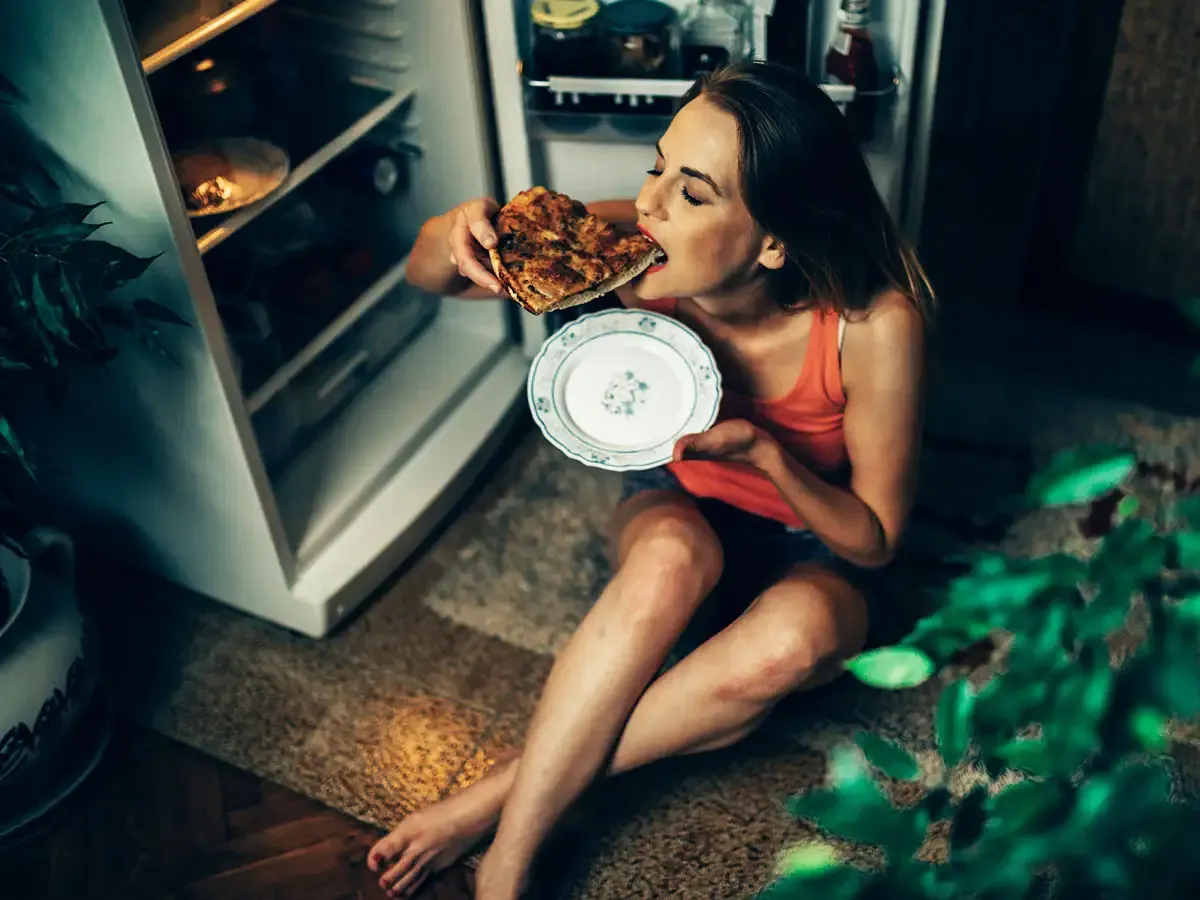
Healthy Snack Alternatives for Evenings
To satisfy evening cravings without compromising health, Dr. Paul recommended nutrient-dense, low-calorie alternatives that balance taste and nutrition. Egg bhurji with whole wheat toast offers protein and fiber, promoting satiety without excessive calories. Masala makhana, or roasted fox nuts, is a crunchy, low-calorie snack rich in antioxidants. Steamed wheat momos filled with vegetables or lean protein provide a healthier take on a popular dish. Chicken and vegetable spinach wraps combine lean protein with nutrient-rich greens, while boiled spiced corn and sprouted bean salads deliver fiber and vitamins.
Additional options include oil-free baked paneer tikka, homemade vegetable soup, and paneer or vegetable-stuffed besan cheela, all of which are low in unhealthy fats and high in essential nutrients. Preparing these snacks at home allows control over ingredients, ensuring minimal oil and sugar while enhancing flavor with spices like cumin, turmeric, or chili. These alternatives align with the body’s digestive needs in the evening, reducing the risk of weight gain and digestive issues while keeping taste buds satisfied.
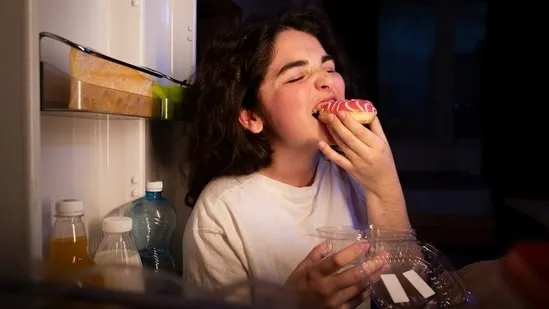
Practical Tips for Healthier Snacking Habits
Adopting healthier snacking habits requires intentional planning and small lifestyle adjustments. Nutritionists recommend eating dinner 2–3 hours before bedtime to allow proper digestion and reduce the urge to snack late at night. If cravings arise, choose pre-portioned, nutrient-dense snacks like makhana or nuts to avoid overeating. Avoiding screens during meals can prevent mindless eating, a common trigger for excessive calorie intake. Staying hydrated is also key, as thirst is often mistaken for hunger, leading to unnecessary snacking.
Incorporating fiber-rich foods throughout the day, such as fruits, vegetables, and whole grains, can stabilize blood sugar levels and curb evening cravings. Regular physical activity, like a 30-minute walk or yoga session, improves metabolism and appetite regulation, reducing the temptation to reach for unhealthy snacks. Dr. Paul emphasized that these small changes can yield significant benefits, including lower risks of obesity, heart disease, and diabetes, making them essential for a healthy lifestyle in 2025.
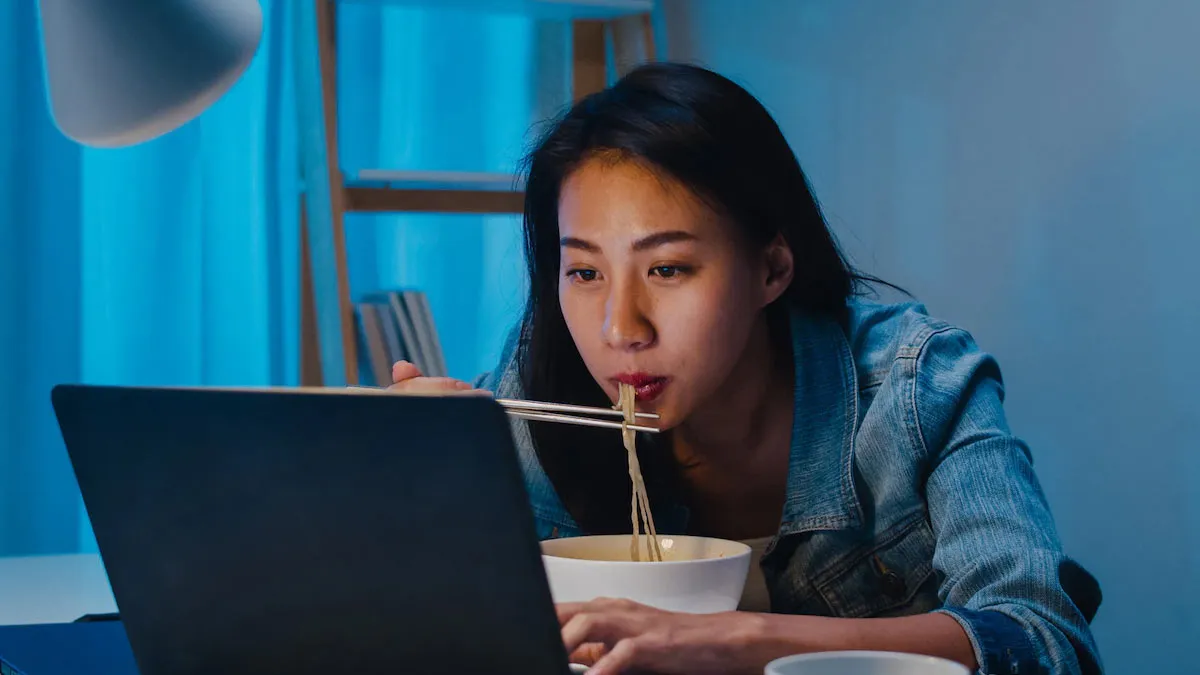
Chrono-Nutrition and Evening Eating
The emerging field of chrono-nutrition, which studies the impact of meal timing on health, highlights the importance of avoiding heavy snacks late at night. Research indicates that eating out of sync with the body’s circadian rhythm increases inflammation, fat storage, and hunger hormones like ghrelin. Late-night consumption of high-calorie snacks disrupts these rhythms, leading to metabolic imbalances. Choosing lighter, nutrient-dense snacks in the evening aligns with the body’s natural clock, promoting better digestion and sleep quality.
In India, where late-night snacking is a cultural norm, especially during social gatherings or late work hours, public health initiatives could play a vital role in raising awareness. Educational campaigns targeting young adults, who are most prone to unhealthy snacking habits, could promote alternatives like those suggested by Dr. Paul. By making informed choices and prioritizing health over convenience, individuals can enjoy evening snacks without compromising their long-term well-being in 2025.
Comment / Reply From
No comments yet. Be the first to comment!

